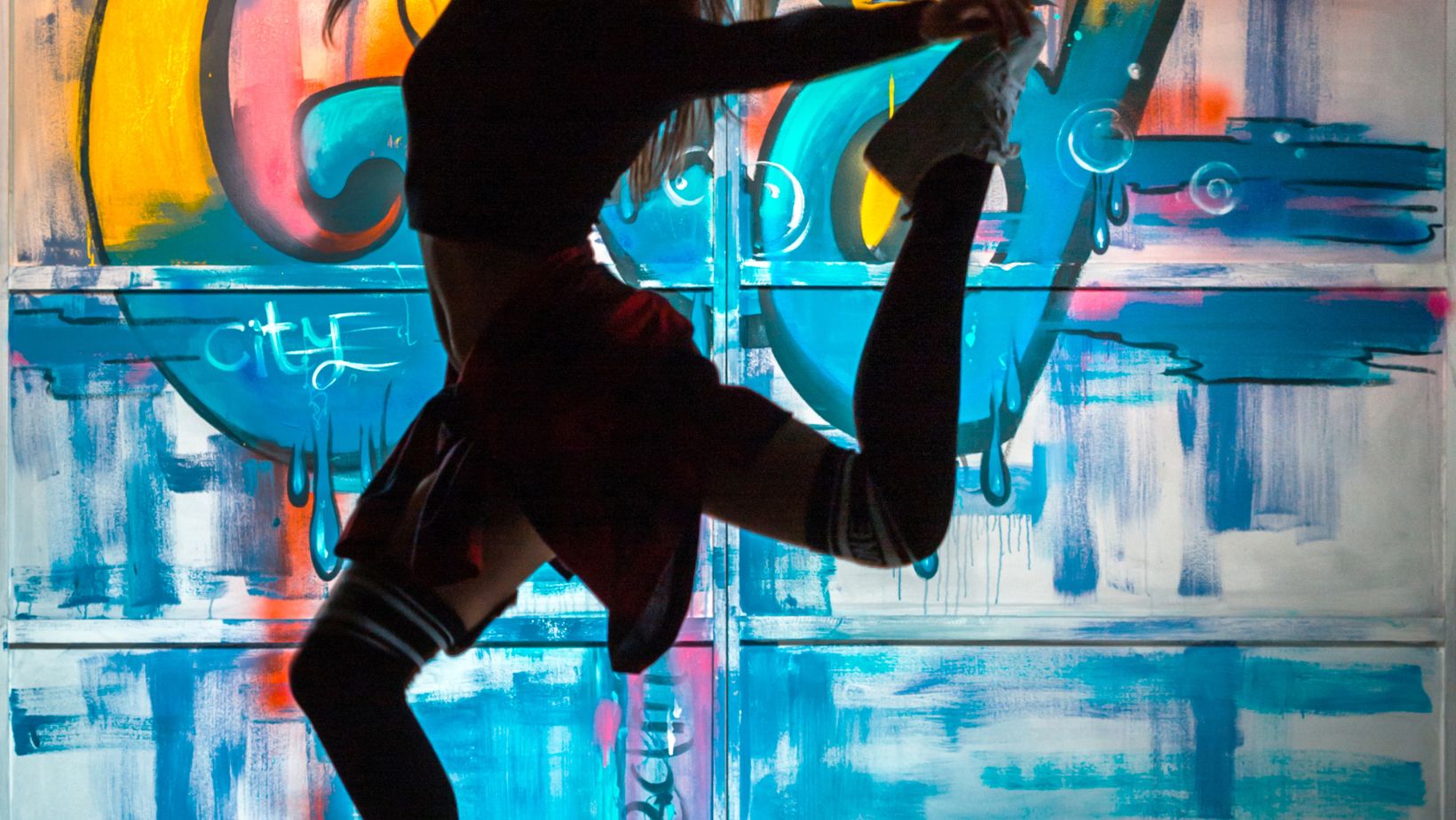The rise of the ukulele in folk music has been significant, bringing a warm, acoustic tone well-suited to the genre’s storytelling style. The playful, sunny sound has been well suited to pop hits, lending the genre a fresh, accessible feel. A great example is Iz’s “Somewhere Over the Rainbow,” where the ukulele’s upbeat strumming forms the backbone of the song’s catchy, carefree sound. Its approachable nature makes it a great instrument for catchy, feel-good tunes, and its instrument’s approachable nature invites seasoned musicians as well as beginners to experiment with its sound. The ukulele is often used in folk music for its warm, acoustic tone, adding a simple yet heartfelt touch to songs. Its gentle sound enhances the storytelling, bringing a personal and intimate feel to the music while providing a bright contrast to folk’s reflective themes.
The Ukulele’s Folk Revival
As a tool to quite literally strip songs down to their essentials, the ukulele is often used as a means to connect directly with the audience in an intimate, organic capacity. The acoustic instrument was one of the first non-native instruments taken up in the folk genre to take up the ukulele. This instrument captures the minimalist, raw emotion that is the core of folk music. Its strange combination of soft but impactful tones works well with a genre that is more about storytelling than anything else, and Eddie Vedder’s entire album on the ukulele proved that.
Strumming into the World of Pop
Nothing has been more meteoric than the ukulele’s rise in pop music. Its sunny, playful sound has worked well for pop hits, giving the genre a fresh, accessible feel. For example, Jason Mraz’s “I’m Yours” features the ukulele’s breezy chords that help give the song a laid-back vibe. Its easy-to-use nature encourages both experienced musicians and beginners to play with its sound, and it’s a favourite for catchy, feel-good tunes. The ukulele is used in pop songs because it produces a memorable and light-hearted sound and gives that extra bit of brightness to the mix.
Rocking with the Ukulele
You may not think of the ukulele as a rock instrument, but it’s taken some surprising turns. Rock normally sticks with electric guitars and heavy sets of percussion, but some sub-genres like indie and alternative rock swing to the quirkiness and originality of the ukulele. For example, artists such as Twenty One Pilots have used the instrument to liven up otherwise morbid or heavy tracks with their own alternative take. This contrast shows how versatile the instrument can get, capable of finding time and space in these unexpected musical landscapes.
Jazz’s Complex Relationship with the Ukulele
Though jazz can be characterized by complicated chord structures and improvisation, the ukulele has gained a place in the genre. The instrument’s unique tonal qualities have attracted jazz musicians to it, who have stimulated the creation of an odd but charming sound. However, jazz ukulele players commonly use fancy fingerpicking and tricky chord structures to elevate the instrument far above its bare existence. Four strings might not sound like much to start with, but once the fingers start dancing and someone talented with the ukulele takes hold of it, the instrument can be a suitably supportive partner to jazz’s string complexity.
Singer-Songwriter Appeal
The ukulele’s soothing nature makes it many a singer-songwriter’s go-to instrument. Unlike the piano or guitar, the sound leans towards the gentle side of things and thus provides a softer backdrop for personal, introspective lyrics.

Ingrid Michaelson is one of many artists who have taken to the ukulele in their songwriting, using it to deliver heart-on-their-sleeve performances that feel intimate. And that’s a great thing for solo artists planning to create an intimate relationship with their audience without drowning them in louder instruments that might steal the show from the lyrics and melodies.
Ukulele in Contemporary Classical Music
Classical music may seem like an unlikely fit for the ukulele, yet composers have begun to experiment with incorporating the instrument into modern compositions. The ukulele’s light, airy tone contrasts beautifully with the more traditional instruments used in classical music, such as violins and cellos. Contemporary classical pieces often push the boundaries of what is considered “traditional,” and the ukulele’s inclusion is a testament to this genre’s ever-evolving nature. Its role in classical compositions is still emerging, but it serves as a unique addition that adds a layer of intrigue and contrast.
The Instrument’s Global Reach
As the ukulele continues to gain popularity across the world, its influence can now be seen in international music scenes far beyond Hawaii. In countries like Japan, the ukulele has become a symbol of relaxation and positivity, appearing in a variety of music styles, including J-pop and indie. Its portability and ease of learning make it accessible to musicians from all walks of life, helping the instrument transcend cultural and geographical boundaries. This global embrace has further cemented the ukulele’s place in the modern music landscape, as artists worldwide incorporate it into their work.
The Ukulele’s Ever-Expanding Role
The ukulele’s journey from traditional Hawaiian music to a staple in modern genres like pop, rock, folk, and jazz speaks volumes about its adaptability. What once seemed like a niche instrument has grown to become a central feature in the global music scene.

Whether strumming away in a heartfelt ballad or adding texture to a rock anthem, the ukulele continues to surprise and inspire, proving that its small size belies its immense musical potential. As genres evolve and cross-pollinate, the ukulele is sure to remain a beloved tool for musicians seeking to push creative boundaries.


